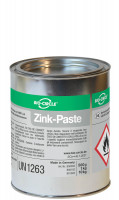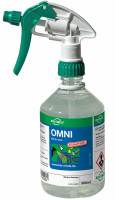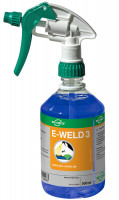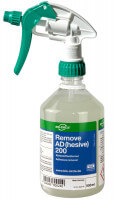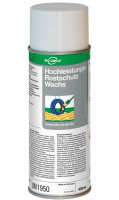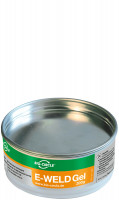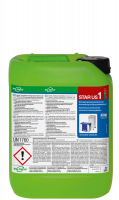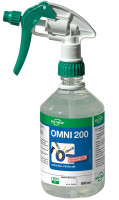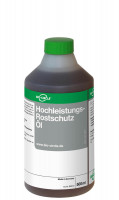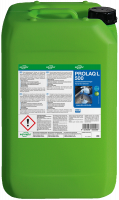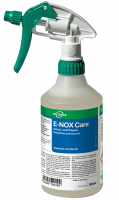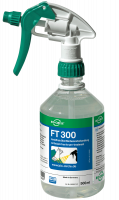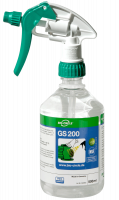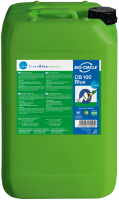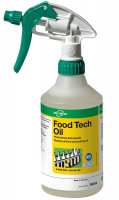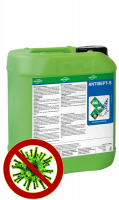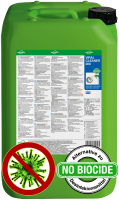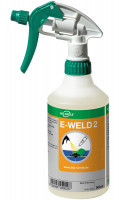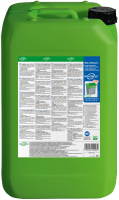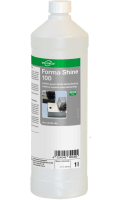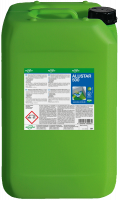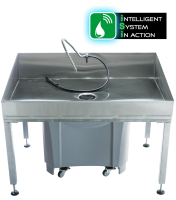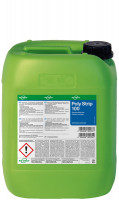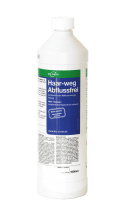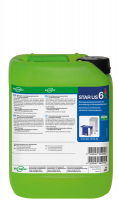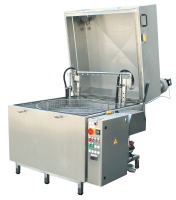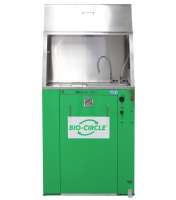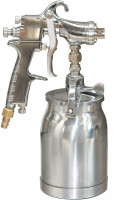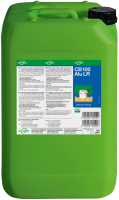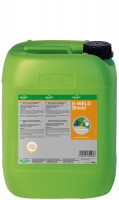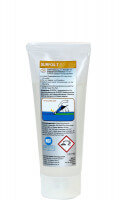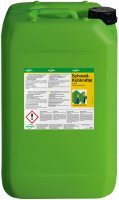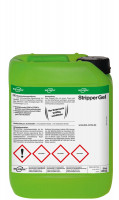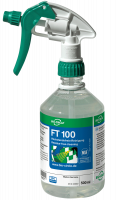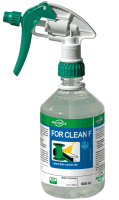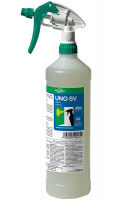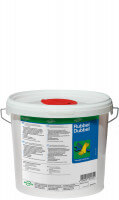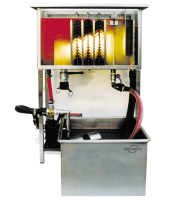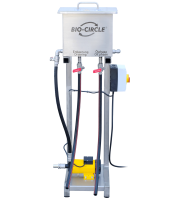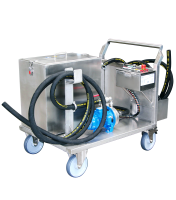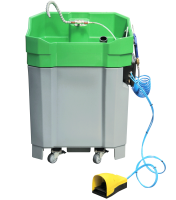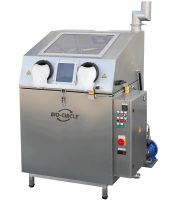Zinc Paste Silver
Art.-Nr : B50015Zinc Paste Silver provides durable corrosion protection for steel- and zinc-coated surfaces through a combination of aluminium- and zinc pigments. This means that external environmental influences, such as water or air, will not damage the treated surface. The Paste is fast-drying and leaves a metallic sheen that matches the colour tone of the galvanizing.
- For priming, coating, and repairing
- High-tech corrosion protection through aluminium- and zinc pigments
- Elastic, wear-resistant protective layer
- Resistant to environmental influences
- Colour: metallic sheen
Product Details
The epoxy resin contained in the Paste brings about a uniform distribution of the zinc and aluminium pigments on the surface. This means that damaged zinc-coatings or other coatings can be repaired, e.g. after welding.
Related links to "Zinc Paste Silver"
Technical specification
| EAN: | 4024048600882 |
| Label: | Labelled |
| Safety advice: | Aquatic Chronic 2, Asp. Tox. 1, Flam. Liq. 3, Skin Irrit. 2, STOT SE 3 |
Field of application
- For use in the automotive sector and vehicle construction
- Can be used in agriculture
- Suitable for public enterprises and the building industry
Usage
The liquid Zinc Paste Silver is ready for use and is applied on the steel or zinc-coated surfaces by means of a paintbrush or a paint roller. After drying, the surfaces will be protected from corrosion.
Other Recommendations
Viewed
-

-
Low application temperature, energy-saving, water-saving
-
For us, sustainability means taking responsibility
-

-
From renewable raw materials, non-flammable, VOC-free, non-marking
-

-
Suitable for the food industry, miscible with water, can be rinsed without residue
-

-
Free from / reduced volatile organic compounds according to EU regulation

















